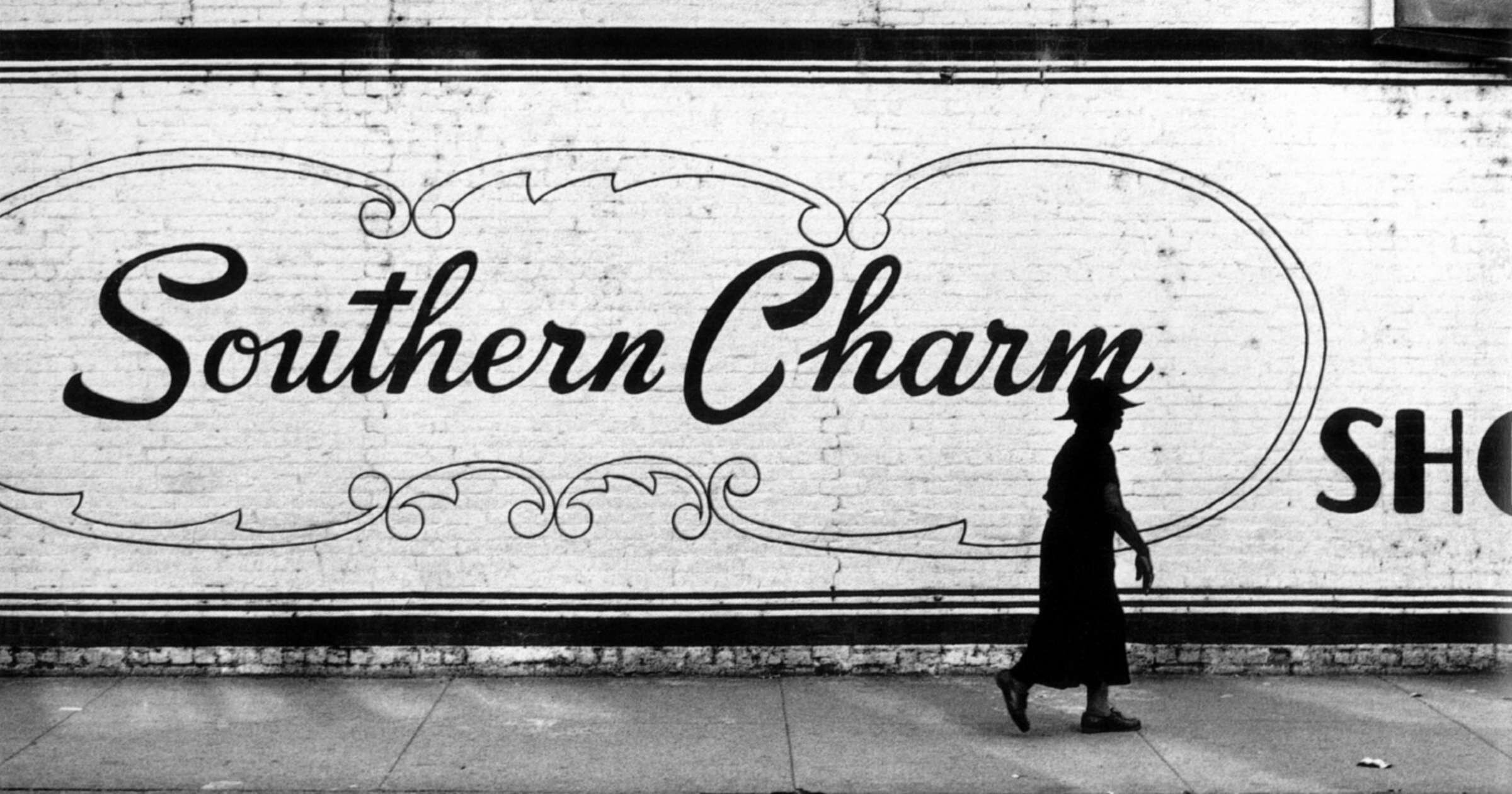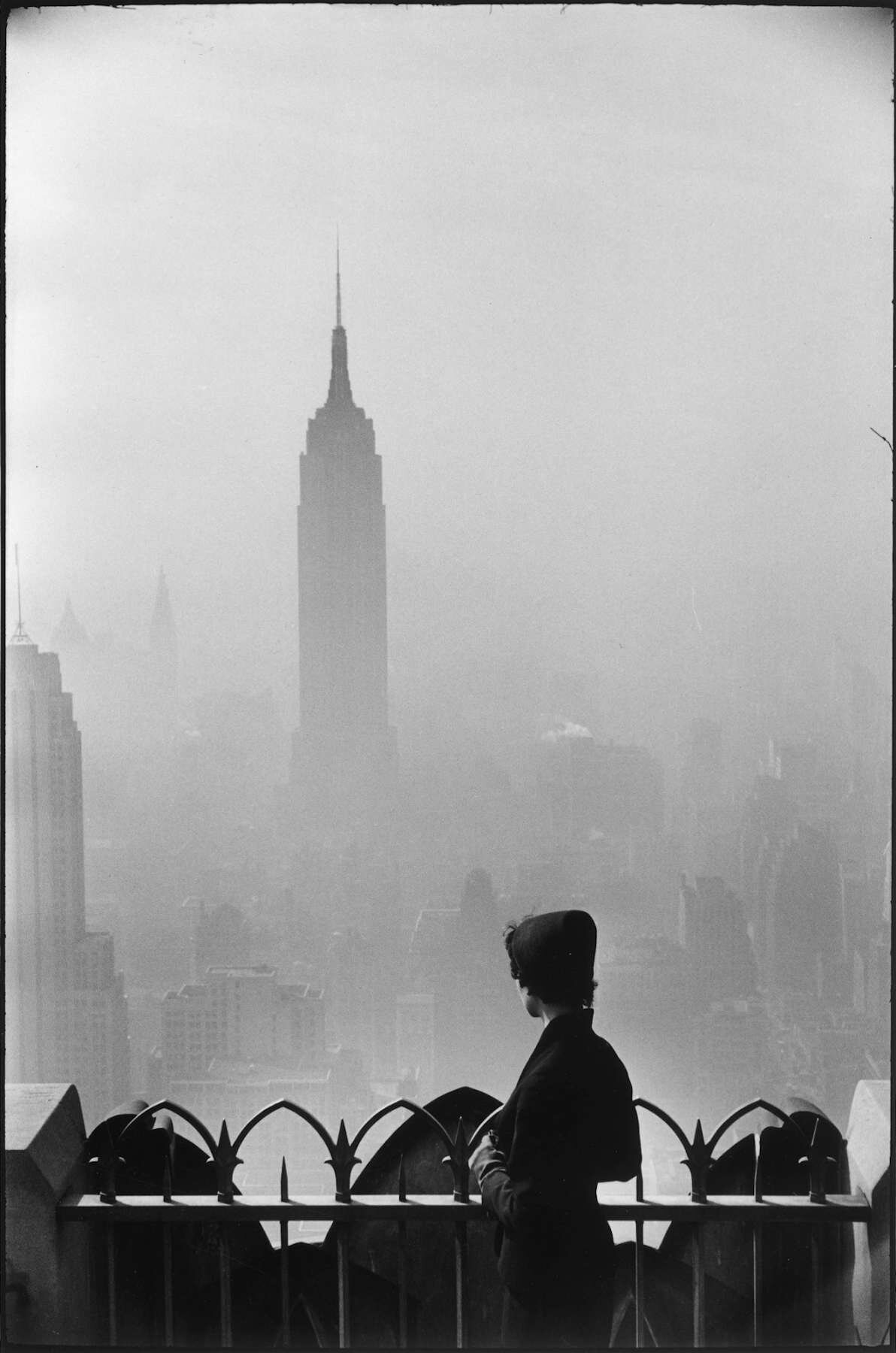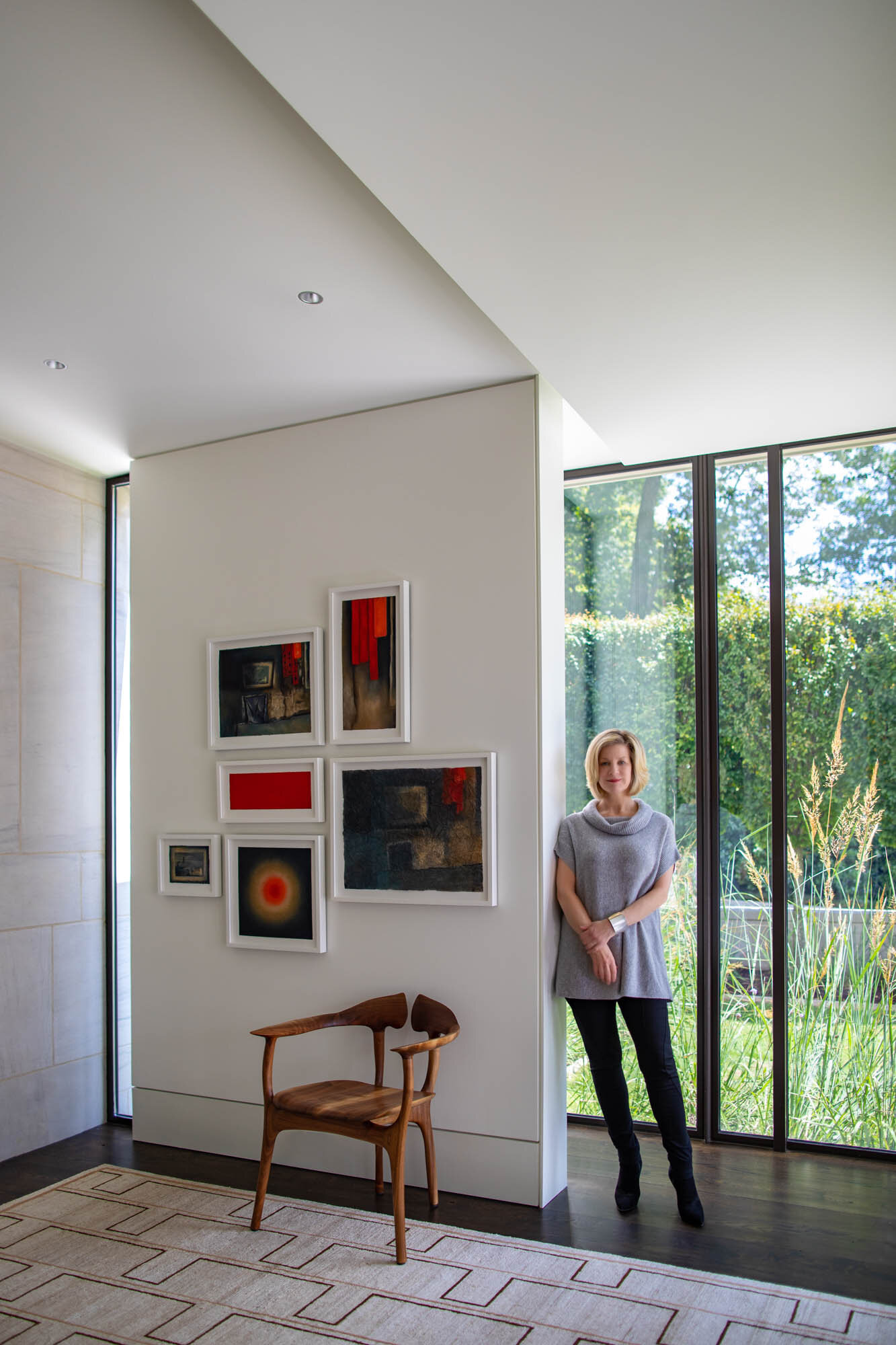Elliott Erwitt, One of the Best
Story by Jennifer Boles
Elliott Erwitt, Alabama, 1955. COPYRIGHT OF THE ARTIST AND COURTESY OF JACKSON FINE ART.
“A glimpse of something wonderful can change the whole complexion of things.” So said Elliott Erwitt, a photographer well-known for his compelling images of quiet beauty and levity. Rarely drawn to grand gestures, Erwitt instead captures those moments of daily life which convey humor, joy, and contentment, scenes whose effect he likens to a proverbial break in the clouds.
Elliott Erwitt, New York City, 1973. COPYRIGHT OF THE ARTIST AND COURTESY OF Jackson Fine Art.
Born in 1928 to Russian-Jewish émigrés living in Paris, Erwitt and his family later moved to Los Angeles in 1939, where the young Erwitt attended Hollywood High School. A youthful interest in photography blossomed into a career as a photojournalist, working for such publications as LIFE, Look, and Holiday magazines. Although he chronicled important events of the day, including the so-called “Kitchen Debate” in Moscow between Nixon and Khrushchev and even Truman Capote’s famous Black and White Ball, Erwitt is better known for his black-and-white snapshots of everyday life, images which, in his words, have emotional content and a human quality.
Elliott Erwitt, Moscow 1968. COPYRIGHT OF THE ARTIST AND COURTESY OF JACKSON FINE ART.
Sometimes taken surreptitiously while other times posed, Erwitt’s work often reveals both his sense of humor and his desire to capture the human comedy on film. “Making people laugh is one of the highest achievements you can have,” said Erwitt, who has a knack for finding, and then photographing, life’s absurdities. But through Erwitt’s lens, other emotions receive just as much attention. Take love, for example. His myriad images of couples stealing kisses unawares or simply enjoying time together reflect the bliss of romance.
Elliott Erwitt, CALIFORNIA (KISS), 1955. COPYRIGHT OF THE ARTIST AND COURTESY OF Jackson Fine Art.
The simple joy is also a consistent theme in his work. Who isn’t charmed by his well-known photograph of a man holding an umbrella, leaping through the air in a moment of euphoria against a backdrop of the Eiffel Tower?
Elliott Erwitt, Paris, (Man Jumping), 1989. COPYRIGHT OF THE ARTIST AND COURTESY OF JACKSON FINE ART.
Dogs are also frequent subjects of Erwitt’s photographs, so much so that he devoted an entire book to them, Elliott Erwitt’s Dogs. “I don’t know of any other animal closer to us in qualities of heart, sentiment and loyalty,” Erwitt once said of dogs. His canine portraits convey just as much emotion and humor as do those of human subjects. Perhaps that is why one of Erwitt’s more memorable efforts is a photo that depicts a tiny, sweatered Chihuahua standing next to his master’s imposing legs, looking more than a little nervous. It is an image that naturally brings a smile to the viewer upon seeing it for the first time.
Elliot erwitt, New York City. 1946. COPYRIGHT OF THE ARTIST AND COURTESY OF JACKSON FINE ART.
As witty and animated as are some Erwitt photographs, poignant scenes of routine activities are just as prevalent in his work. Anyone with even a scant knowledge of photography is likely familiar with what is considered Erwitt’s most famous photograph, that of a boy, bicycle, and baguette, taken in Provence in 1955. Featuring a little French boy riding on the back of a bicycle, his head turned around to look at Erwitt’s camera, the photo is touching, but it also manages to create both a visual and emotional connection to the person viewing the image.
elliott erwitt, FRANCE. Provence. 1955. COPYRIGHT OF THE ARTIST AND COURTESY OF JACKSON FINE ART.
So, too, with some of Erwitt’s more sublime photos, such as that which depicts a woman looking off into the distance at a fog-shrouded Empire State Building, an otherwise ordinary scene made extraordinary through its beauty.
Elliott Erwitt, New York CITY (WOMAN WITH Empire State BUILDING), 1955. COPYRIGHT OF THE ARTIST AND COURTESY OF Jackson Fine Art.
Over the decades, the photographer has never abandoned his interest in portraying life as it truly is. “The artsy stuff bores me to death,” Erwitt once admitted. “What I’m interested in is observation, not pasting up paper dolls and splashing things on pictures.” It is refreshing to revisit Erwitt’s photographs for their unaffectedness and their feeling, qualities which Erwitt credits for his photos’ enduring appeal. “What survives the test of time are pictures with heart and mind.”
Elliott Erwitt, THE PHOTOGRAPHER. COPYRIGHT OF THE ARTIST AND COURTESY OF Jackson Fine Art.
~ W ~















